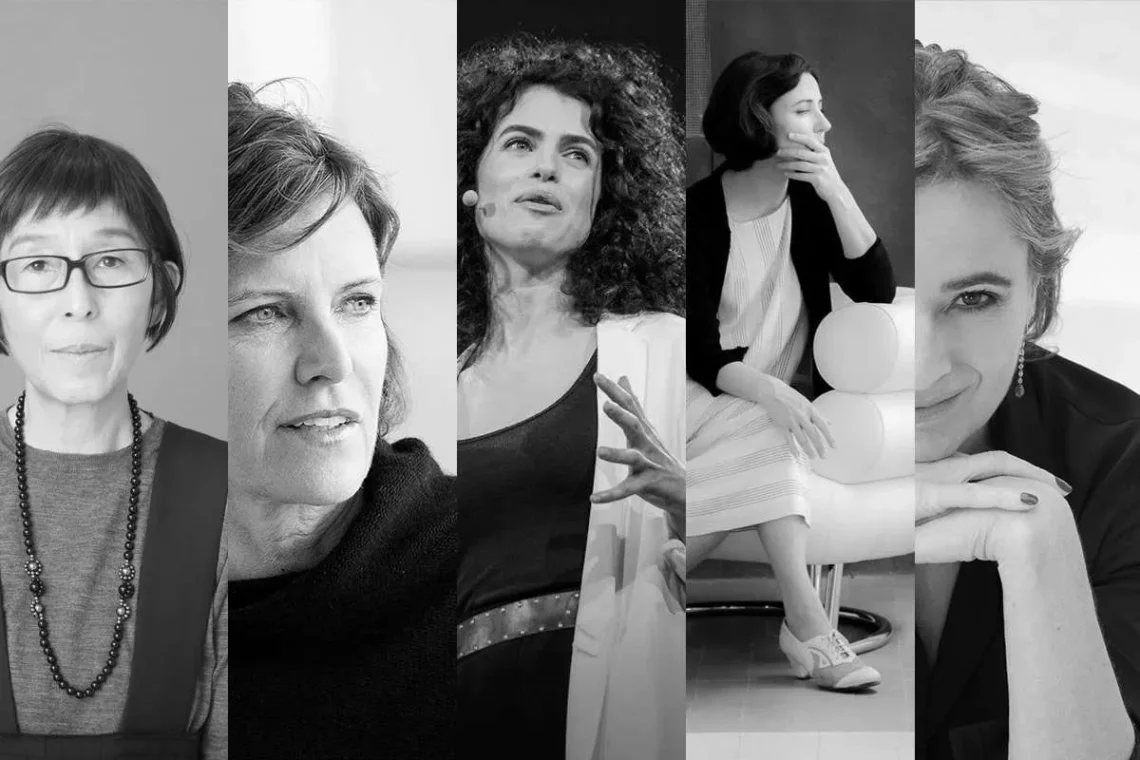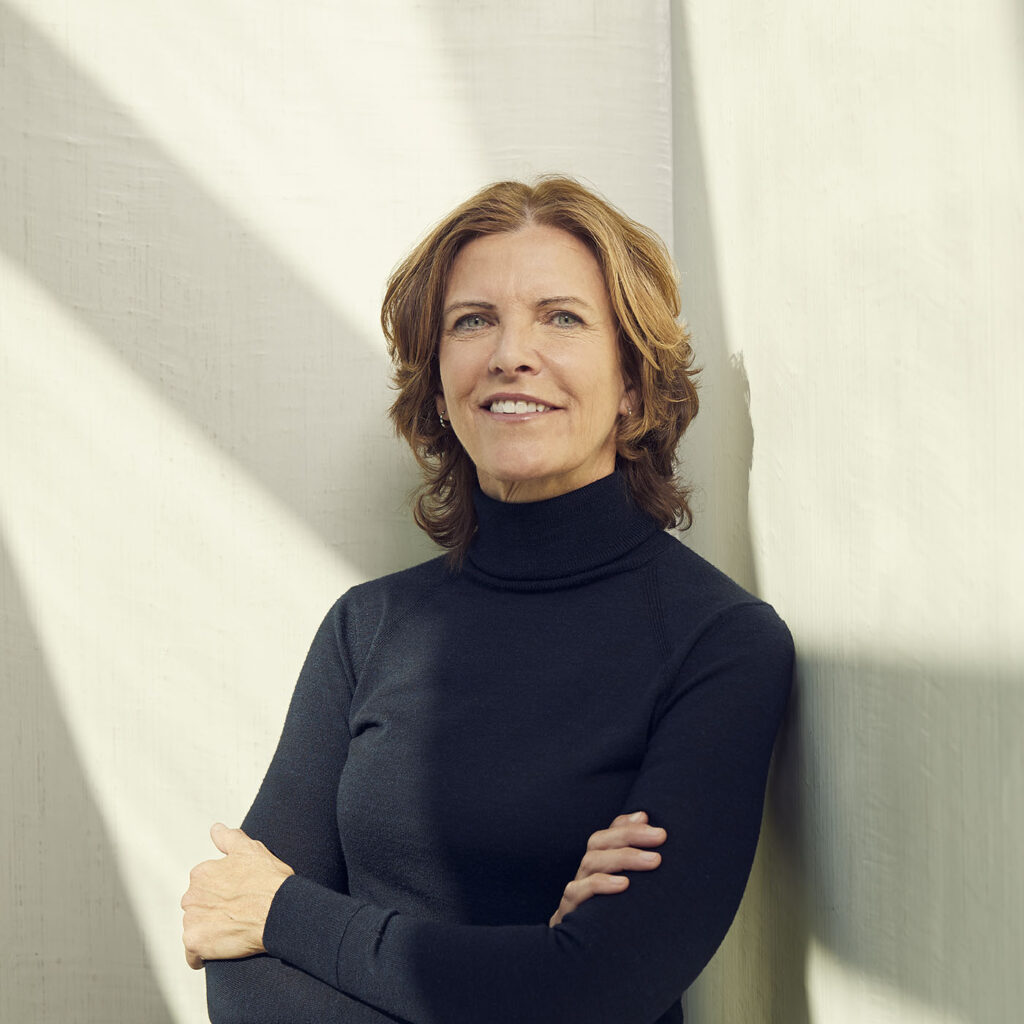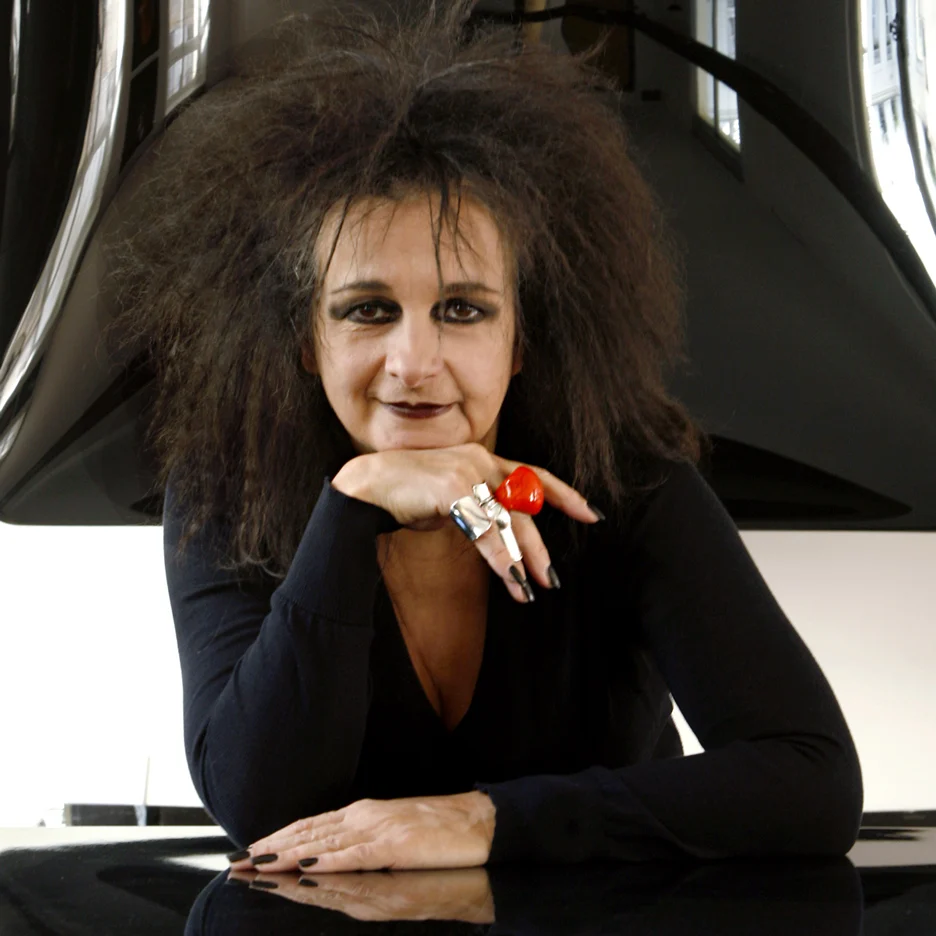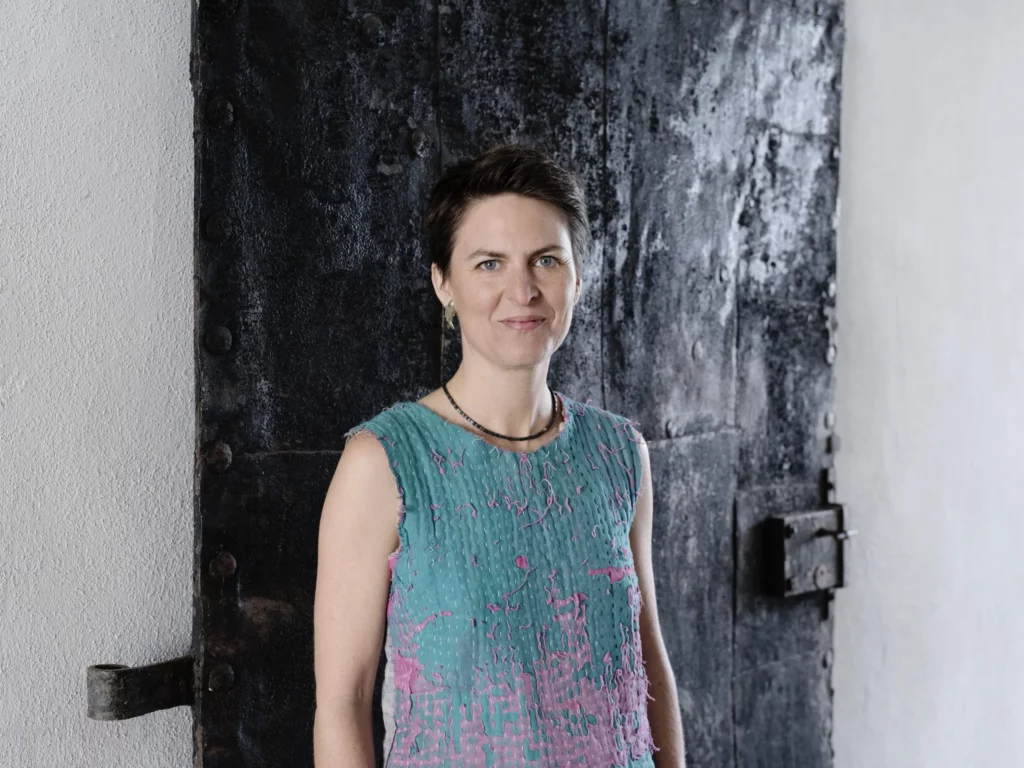
Aspiring Women Architects in the Coming Years…
Throughout history, architecture has predominantly been a male-dominated field, with women often overlooked or relegated to supporting roles. However, in recent years, there has been a significant shift as female architects have begun to receive well-deserved recognition for their exceptional talents and contributions. Despite facing systemic barriers and ingrained biases, these aspiring women architects are forging their paths with determination and resilience. Read on to discover a few remarkable women architects who are breaking barriers, defying stereotypes, and making their way into the spotlight of the industry of architecture.
Jeanne Gang

An American architect known for her innovative responses to issues of environmental and ecological sustainability, Gang is the founder of Studio Gang. She employed under multiple circumstances sustainable design techniques – like the use of recycled materials – to create community-focused architectural projects, such as the Aqua Tower in Chicago and the Arcus Center for Social Justice Leadership. The Aqua Tower, an 82-story mixed-use skyscraper was one of the tallest buildings in the world designed by a woman in 2010, when it was first completed.
Furthermore, Gang’s firm received the 2006 Arts and Letters Award in Architecture, as well as the Emporis Award in 2009 for the best new skyscraper of the year. In 2013 Studio Gang Architects received the Architecture Design Award—awarded to an individual or a firm for “exceptional exemplary work in public, commercial, or residential architectural design”—from Cooper-Hewitt, National Design Museum. Since then, she and her firm has continued working to better the architectural industry with their brilliancy in applying creative solutions to environment issues.
Kazuyo Sejima

Kazuyo Sejima is the co-founder of SANAA and is known for her innovative and minimalist designs that often incorporate transparency and light. Her Japanese architecture office firm promotes a style that is fluid, transparent and intertwined with nature. Cherished for her breathtaking buildings such as the New Museum in New York City and the Glass Pavilion in Toledo, Ohio, Sejima inspired many worldwide. Sejima is travelling across the globe, engaging with the foremost architects worldwide, in pursuit of the ideas and creations that will compose the most prominent architectural exhibition globally.
Elizabeth Diller

Elizabeth Diller is a founder partner of Diller Scofidio + Renfro (DS + R) and is known for her interdisciplinary approach to architecture, blending art, technology and social commentary in famous projects like The Shed in New York City. She, alongside co-founding partner, Ric Scofidio have been distinguished with Time Magazine’s “100 Most Influential People” list.
Moreover, Diller worked on two of the biggest architecture and planning initiatives in New York City’s recent history, including the adaptive reuse of an obsolete, industrial rail infrastructure into the High Line and the transformation of Lincoln Center for the Performing Arts’ half-century-old campus. Her studio has also worked with global cultural institutions to expand into the arts, with projects ranging from The Broad – an LA contemporary art museum – to the V&A Research and Collection Centre in London. Lastly, Diller is also currently a member of the UN Council on Urban Initiatives and a professor of Architectural Design at Princeton University.
Odile Decq

Odile Decq, the founder of Studio Odile Decq is renowned for her dynamic and avant-garde architectural designs. Born in Laval, France, Decq first delved into the disciplines of history and art history, later shifting her focus to the vast, creative expanse of architecture. Her foundation in the arts led on to her future architectural exploits that all echo her unique vision, transcending conventional design norms. Decq embraces every project with her distinct design philosophy – a play of bold geometric forms, the artful manipulation of light and the fluidity of lines. Her infrastructures not only got recognised within the architecture industry, but also managed to win her the Jane Drew Prize in 2016. Even today, she continues to build with her unique ideas and principles, making every design an architectural manifesto that dares to defy the ordinary and push boundaries.
Tatiana Bilbao

Tatiana Bilbao began her studio – Tatiana Bilbao Estudio, in 2004 with the aim of integrating social values, collaboration and sensitive design approaches to architectural work. She is recognised for her sustainable and socially conscious projects, such as the Sustainable Housing Prototype in Mexico. Prior to founding her firm, Bilbao was actually an Advisor in the Ministry of Development and Housing of the Government of the Federal District of Mexico City, during this period she was part of the General Development Directorate of the Advisory Council for Urban Development in the City.
Not only did she advice for New Mexico, but she also holds a recurring teaching position at Yale University School of Architecture and has taught at Harvard University GSD, AA Association in London, Columbia University GSAPP, Peter Behrens School of Arts at HS Dusseldorf in Germany and much more. Lastly, Bilbao has been recognised with the Kunstpreis Berlin in 2012, was named in 2010 as an Emerging Voice by the Architecture League of New York, the Global Award for Sustainable Architecture Prize by the LOCUS Foundation in 2014 and much more. Her design style and environmental consciousness has made her renowned worldwide as she further helps to break boundaries in the architecture industry.
Anna Heringer

Anna Heringer is a German architect, noted for her work in sustainable architecture and humanitarian projects, including the METI Handmade School in Bangladesh, which employs local materials and traditional building techniques. She believes that, “architecture is a tool to improve lives,” (Heringer Architecture) and is motivated by her usage of architecture as a medium to strengthen cultural and individual confidence, to support local economies and to foster ecological balance.
Her projects, ranging from schools to community centres, emphasise the importance of local materials and craftsmanship, empowering communities and fostering sustainable development. Through her visionary designs and dedication to making a positive impact, Anna Heringer continues to inspire architects and communities around the world.
Sources
- Author, Project. “Vision | Anna Heringer Facebook Title.” Www.anna-Heringer.com, www.anna-heringer.com/vision/.
- “Elizabeth Diller | Princeton University School of Architecture.” Princeton.edu, 2019, https://soa.princeton.edu/content/elizabeth-diller.
- L. Nolen, Jeannette. “Jeanne Gang | American Architect | Britannica.” Encyclopædia Britannica, 2019, www.britannica.com/biography/Jeanne-Gang.
- “Odile Decq: The Rockstar of Modern Architecture.” Optima, 26 July 2023, www.optima.inc/odile-decq-the-rockstar-of-modern-architecture/.
- “Tatiana Bilbao Estudio | About.” Tatiana Bilbao Estudio | About, https://tatianabilbao.com/about.
- “The Gentlewoman – Kazuyo Sejima.” Thegentlewoman.co.uk, 2010, https://thegentlewoman.co.uk/library/kazuyo-sejima.



